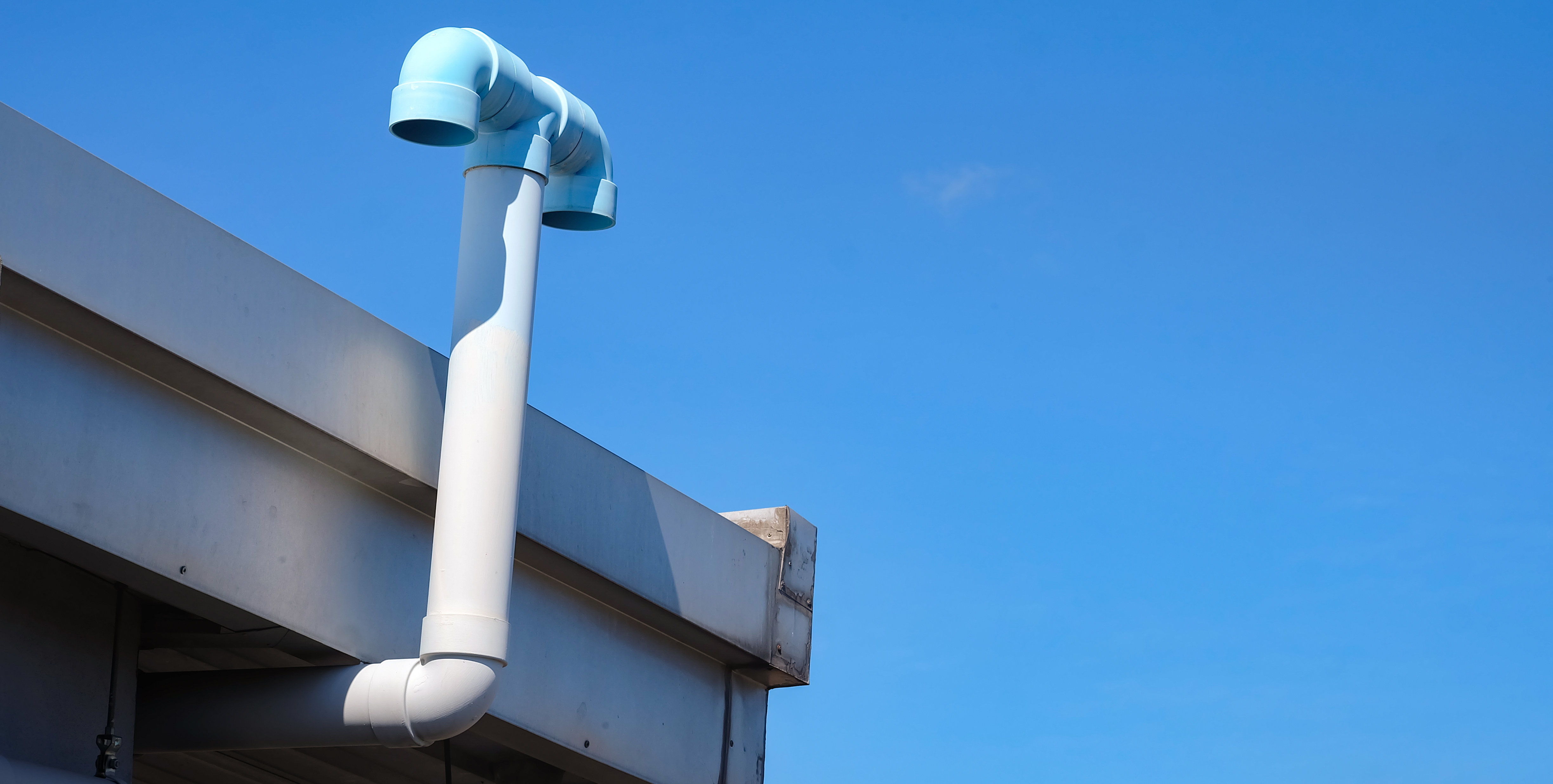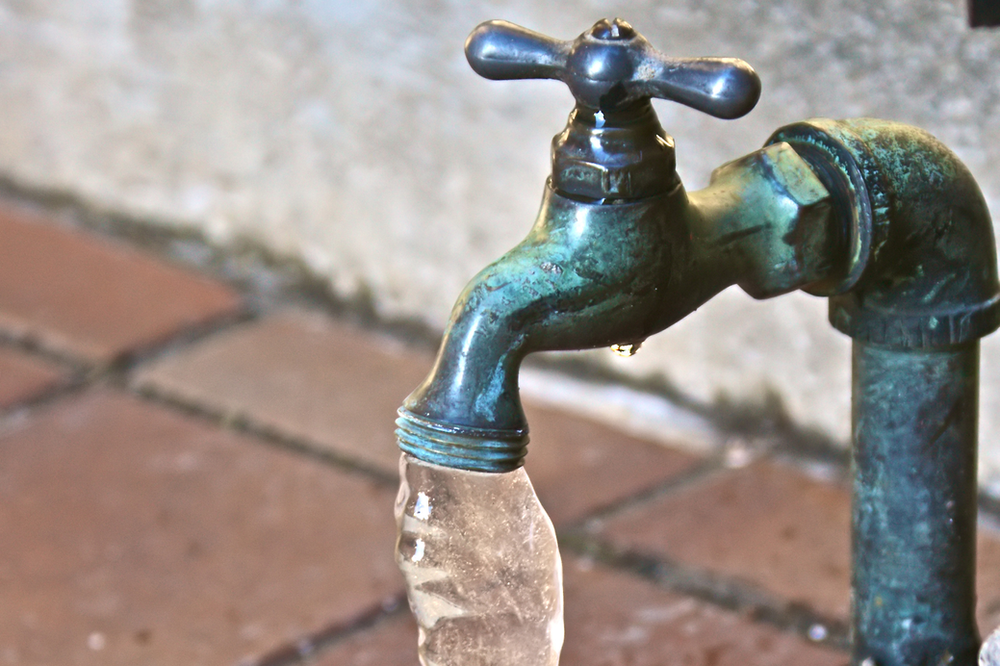Understanding Home Plumbing Basics: A Beginner's Tutorial
Understanding Home Plumbing Basics: A Beginner's Tutorial
Blog Article
Do you find yourself trying to find guidance about What to Know About Plumbing: Basics, Tips, and Insights?

Plumbing is a crucial facet of any type of home, in charge of supplying tidy water for drinking, food preparation, and showering, in addition to removing wastewater securely. Understanding the basics of home plumbing is crucial for each home owner to make sure appropriate maintenance, troubleshooting, and, if necessary, repair work. In this newbie's guide, we'll cover the essential ideas of home plumbing to assist you become extra knowledgeable about just how it functions.
Water System
The water system system brings tidy water right into your home from a community water source or a private well. It includes a primary water line that connects to your home's plumbing system, usually situated underground. A water meter gauges the amount of water eaten, while a shut-off shutoff allows you to manage the flow of water right into your home.
Plumbing Components
Plumbing fixtures are gadgets that supply water to different parts of your home and include sinks, taps, toilets, showers, bath tubs, and devices such as dish washers and washing machines. Each fixture is linked to the water supply system through pipes and fittings and may have its shut-off valve for maintenance or emergency situations.
Water Heater
The water furnace is in charge of heating water for residential use, consisting of bathing, cooking, and cleansing. Typical sorts of hot water heater include tank-type water heaters, tankless (on-demand) water heaters, and heat pump water heaters. The water heater is connected to the water system system and delivers warm water to plumbing fixtures as required.
Drain System
The drain system gets rid of wastewater from your home and carries it away to a sewer treatment facility or septic tank. It includes a network of pipelines, fittings, and fixtures that carry wastewater from plumbing fixtures to the major drain line or sewage-disposal tank. Appropriate drainage is vital to protect against clogs, backups, and sewer leakages.
Air flow System
The ventilation system assists keep proper atmospheric pressure and protect against sewer gases from entering your home. Vent pipelines, additionally known as air vent heaps, extend from plumbing components to the roofing system, permitting sewage system gases to leave securely outdoors. Air flow pipes likewise enable air to go into the drain system, assisting in smooth wastewater circulation and preventing suction or vacuum cleaner results.
Common Plumbing Devices
Having the right tools available is essential for performing standard plumbing fixings and maintenance tasks. Common plumbing devices include adjustable wrenches, monkey wrench, pliers, pipe cutters, hacksaws, plungers, augers (or drainpipe snakes), and Teflon tape. Having these devices readily available can help you deal with minor plumbing concerns efficiently.
Fundamental Plumbing Repair Work
While some plumbing repair work may need professional assistance, lots of common issues can be attended to with standard do it yourself methods. Learning exactly how to take care of a leaking faucet, unclog a drainpipe, replace a toilet flapper, or fix a dripping showerhead can save you time and money on plumbing fixings.
Verdict
Recognizing the fundamentals of home plumbing is necessary for every home owner to preserve a safe, functional, and reliable plumbing system. By familiarizing yourself with the water system, plumbing components, drainage system, air flow system, common plumbing tools, and standard repair services, you can confidently attend to small plumbing problems and ensure your home's plumbing system operates smoothly.
Plumbing for Beginners: A Comprehensive Guide
If you’re a beginner when it comes to plumbing, don’t worry; you’re not alone. Plumbing may seem intimidating, but with the right knowledge and a little practice, you can handle many common plumbing issues on your own. In this comprehensive guide, we will demystify the world of plumbing for beginners, providing you with the basic knowledge and skills needed to tackle common plumbing problems and even take on some DIY plumbing projects.
The Importance of Basic Plumbing Knowledge for Beginners:
First and foremost, basic plumbing knowledge gives you a solid foundation. It helps you grasp the key concepts and terminology that are essential in this field. By learning the basics, you’ll be able to build upon that knowledge and tackle more complex plumbing tasks in the future.
Having a basic understanding of plumbing also enables you to handle common issues that may arise in your home. Picture this: a leaky faucet or a clogged drain. With some basic plumbing knowledge, you’ll have the confidence to troubleshoot and fix these problems on your own. It saves you from unnecessary expenses and the hassle of waiting for a professional to arrive.
As a beginner, learning the basics of plumbing empowers you to take care of your own home. It gives you a sense of independence and self-reliance. You’ll no longer have to rely solely on professionals for every small issue that pops up. Instead, you can handle many tasks yourself, saving time and money in the process.
Remember, everyone starts as a beginner. Embrace the learning process and take small steps to expand your plumbing knowledge. There are plenty of online resources, tutorials, and even local workshops that talk about plumbing for beginners.
Essential Tools for Plumbing for Beginners
As you start your plumbing journey, having the right tools in your toolbox is crucial. Let’s explore some of the must-have tools:
Adjustable Wrench:
This versatile tool is a staple in any plumber’s toolbox. It allows you to tighten or loosen nuts and bolts of various sizes. Make sure to have an adjustable wrench with a comfortable grip.
Pipe Wrench:
A pipe wrench is specifically designed for gripping and turning pipes. It has serrated jaws that provide a strong grip, making it easier to loosen or tighten threaded pipes and fittings.
Plunger:
The plunger is a simple yet effective tool for clearing clogged drains and toilets. It creates suction when you push and pull, helping to dislodge blockages. Keep a good-quality plunger handy for those unexpected clogs.
Pipe Cutter:
When it comes to cutting pipes, a pipe cutter is your go-to tool. It creates clean, precise cuts without damaging the pipe. Look for a pipe cutter that can handle the pipe sizes you’re working with.
Hacksaw:
A hacksaw is useful for cutting through pipes, screws, and other materials. It’s a versatile tool that can handle different cutting tasks. Remember to use a blade suitable for cutting metal.
Tape Measure:
Accurate measurements are crucial in plumbing. A tape measure allows you to measure pipe lengths, distances, and dimensions accurately. Opt for a sturdy tape measure that extends a good length.
Pliers:
Pliers come in handy for various tasks, such as gripping, bending, and cutting. Slip-joint pliers with adjustable jaws are great for gripping pipes, nuts, and bolts.

Do you really like reading about Plumbing Basics Every Homeowner Should Know? Write a short review down below. We would be happy to see your suggestions about this blog posting. Hoping that you visit us again soon. Are you aware of somebody who is fascinated by the niche? Take a moment to promote it. I praise you for your time. Kindly check our website back soon.
Book Report this page